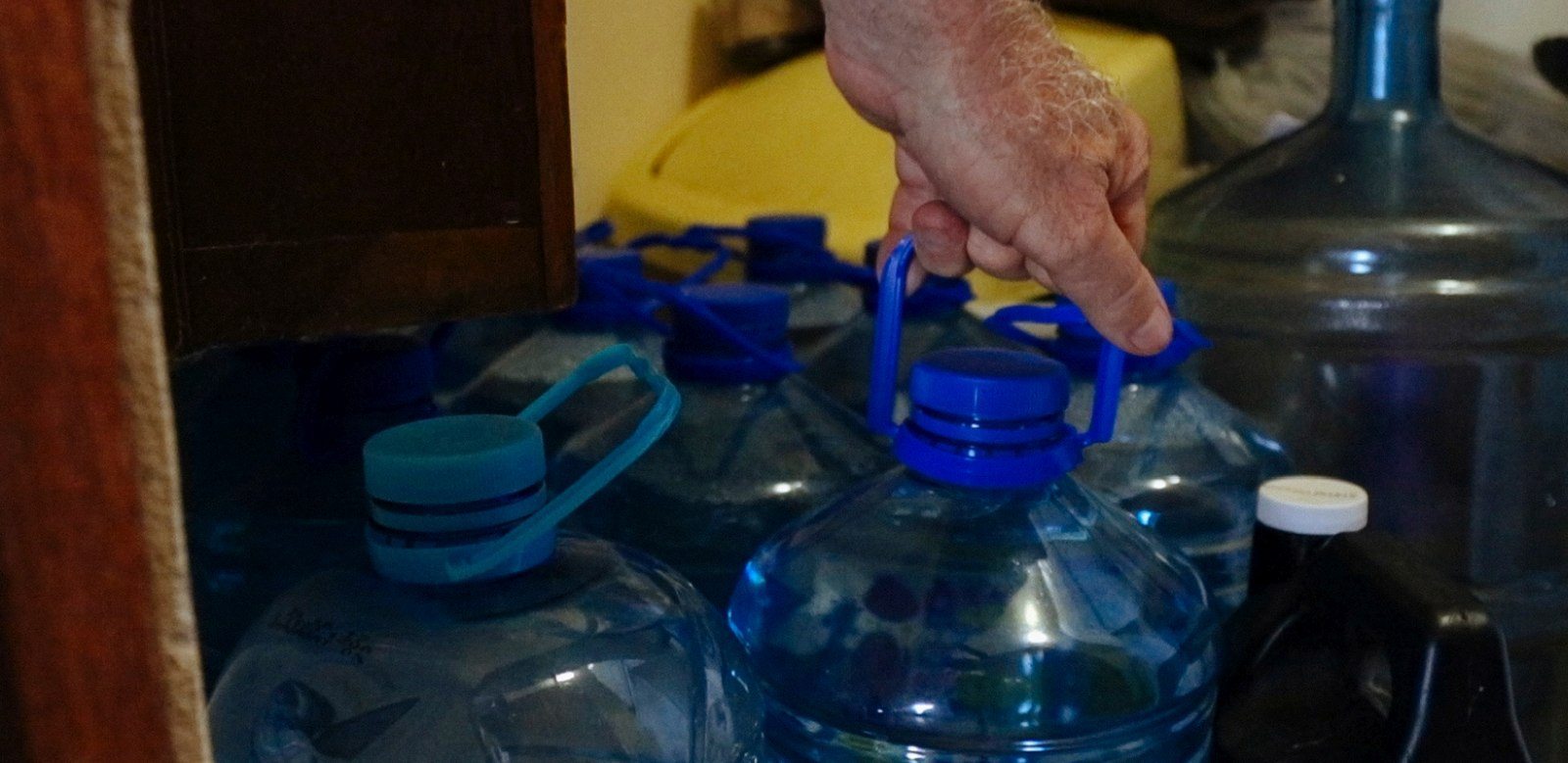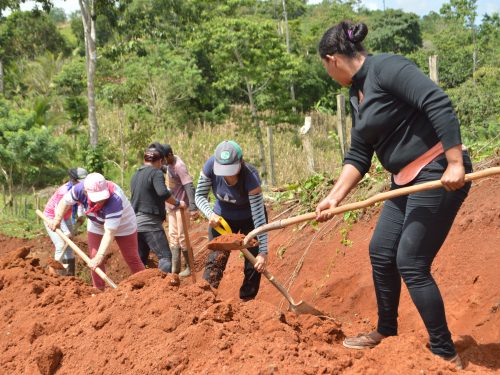
“Coastal aquifers should never have been used in the first place.” This solemn statement by Yamileth Astorga, executive president of the Costa Rican Water and Sewer Institute (AyA), highlights a devastating reality: Our beaches, vital to Guanacaste’s development, are facing severe water shortages due to a lack of planning.
Our feature story in this October edition confronts a profound problem in Playa Panamá; yet other beaches in the district of Sardinal also have been warned for years, but no effective public policy has been implemented to address those ongoing concerns.
Who is to blame? One government administration after another has passed the buck on making important decisions that could have helped avert the water crisis affecting both residents and businesses. In Playa Panamá, those in charge at AyA claim they couldn’t measure the aquifer’s complete water flow because they don’t have access to many of the wells under concession to private companies.
They also claim it was impossible to foresee the drought’s harsh consequences, because it was “an unexpected event” and “dried up everything” in a few short months.
Scientist Lenin Corrales is correct when he observes that we should begin to study how climatological forecasts and modeling by the country’s universities and scientific institutions are used (or not) to shape public policy.
Several experts including Corrales argue that important decisions that are based on politics, rather than demonstrable scientific reality, have disastrous consequences for our communities. Unfortunately, Guanacaste is a prime example of that reality.
What is known, is that Hermosa – a community of more than 3,000 people – lacks the most basic resource required for its subsistence. It’s not without reason that water is referred to as the “vital liquid.”
If you’ve never lived through water scarcity, ponder for a moment what it’s like to sleep and awake every two hours throughout the night to check if water has arrived in order to collect it. That’s what Heather O’Connell has to do. She is a foreigner who sold everything in the United States to buy a home in Playa Hermosa. Arellys Vallejos, her cousin Fabiola, her neighbor Enid Ruiz and Arellys’ tenants who work at a local hotel all must also endure the same situation.
The Costa Rican government, with funds from the United Nations Development Program, is now implementing a plan to measure how much water flow the province’s aquifers have. “In El Salvador, that was done in 2001,” says researcher Sandra Arredondo, who is leading the project.
Officials from public institutions say that with these data, they can make the appropriate decisions in time to avoid tragedies like the one residents face today in Playa Hermosa and Playa Panamá.
Citizens, members of the press and politicians now not only are called upon, but also obligated to carefully study these data – which should be openly accessible to anyone who wants to monitor them – and demand that scientific information be used to generate an efficient and functioning public policy.







Comments